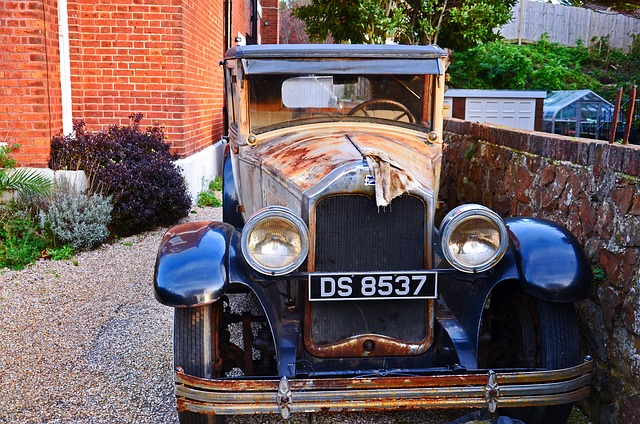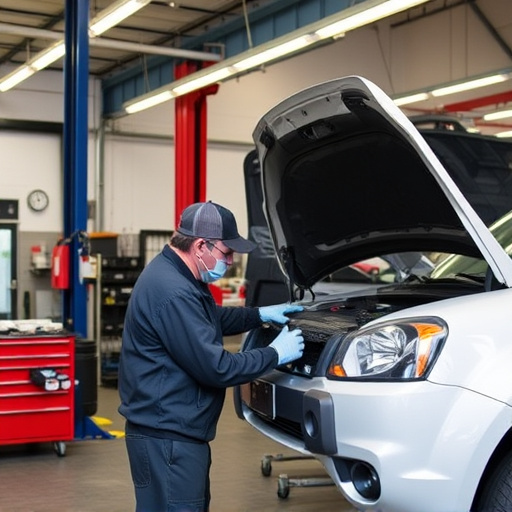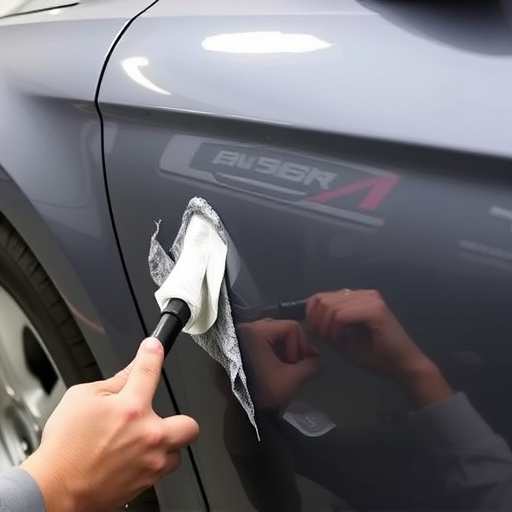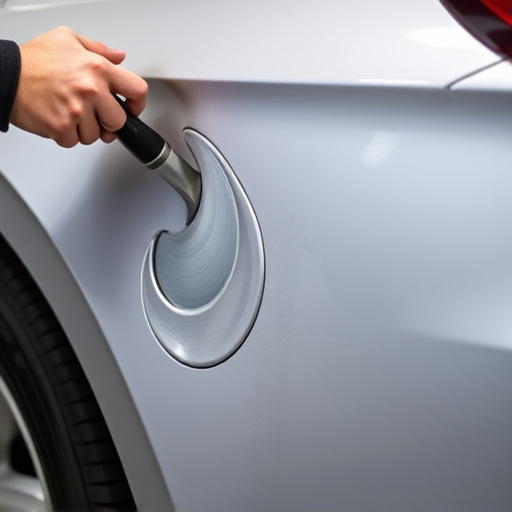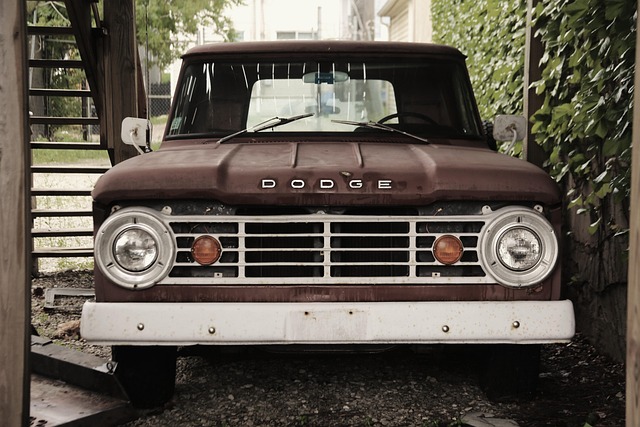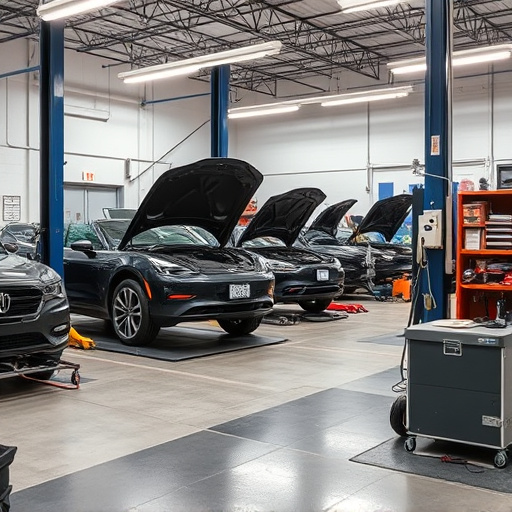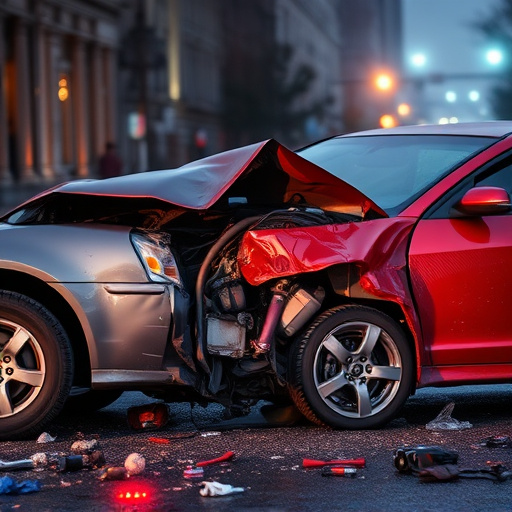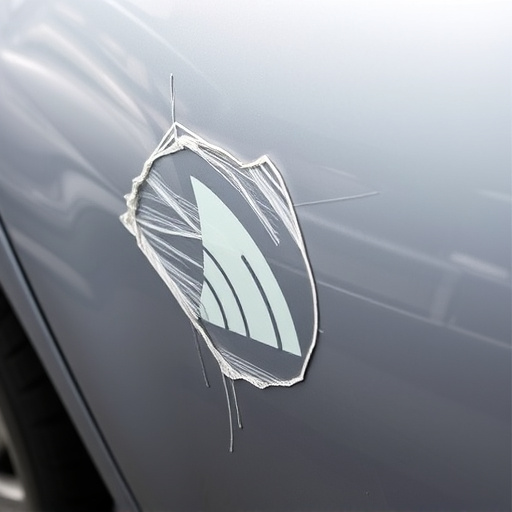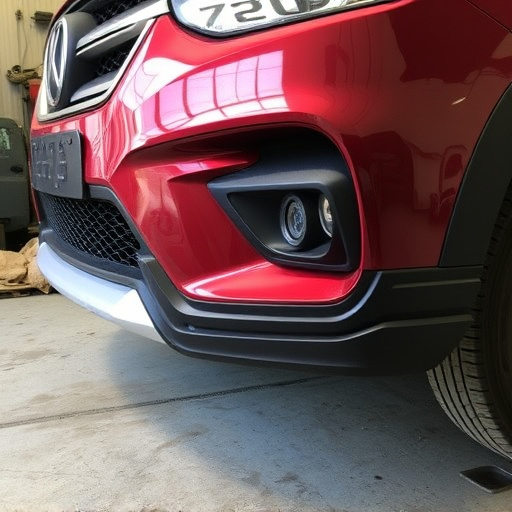Collision frame repair is a meticulous process that restores damaged car structures, emphasizing safety and sustainability. Technicians use advanced tools to straighten frames, minimize waste, and promote longevity, reducing environmental impact. Modern shops adopt eco-friendly practices like recycled materials, responsible waste disposal, and energy-efficient technologies, contributing to global efforts for greener collision repair services.
The environmental impact of collision frame repair, a crucial aspect of the automotive industry, often goes unnoticed. As a vital process in auto body work, understanding its ecological implications is essential. This article delves into the intricacies of collision frame repair, exploring the materials and waste generated during these processes. We also offer insights on mitigating the environmental footprint, ensuring sustainability in an industry that deals with frequent vehicle damage and repairs.
- Understanding Collision Frame Repair Processes
- Materials and Waste Generation in Repairs
- Mitigating Environmental Impacts of Auto Body Work
Understanding Collision Frame Repair Processes
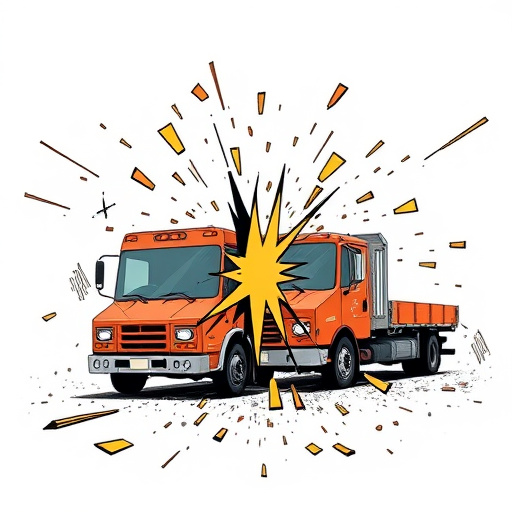
Collision frame repair is a critical process that involves restoring damaged car structures to their original condition. This intricate work demands precision and expertise, as technicians meticulously assess and fix deformities caused by accidents or impacts. The processes often begin with a detailed inspection, utilizing advanced tools to identify structural integrity issues. Once detected, specialized equipment and techniques are employed to straighten and align the frame, ensuring it regains its initial shape and stability.
Understanding collision frame repair is essential given its significant role in automobile safety and sustainability. Efficient restoration of car bodywork not only guarantees optimal performance but also minimizes waste by promoting longevity and reducing the need for frequent autobody repairs. In today’s world, where environmental considerations are paramount, adopting eco-friendly practices within collision repair industries becomes imperative.
Materials and Waste Generation in Repairs
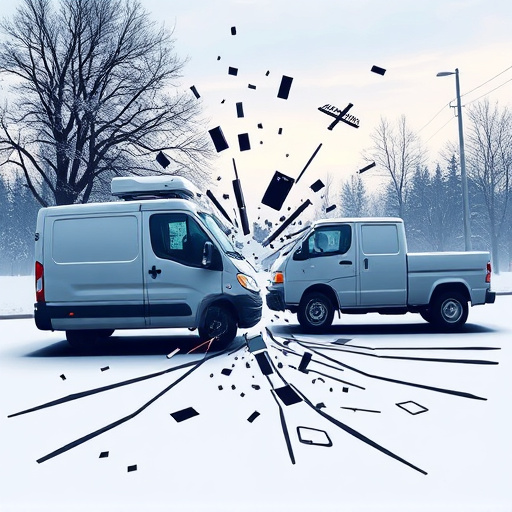
The environmental impact of collision frame repair work extends beyond the energy consumption and emissions associated with the process itself. The materials used in these repairs play a significant role, often leading to substantial waste generation. Traditional methods rely on metal, which, while durable, contributes to landfill waste when not recycled effectively. In an effort to minimize this, many modern car dent repair and fender repair shops are adopting eco-friendly practices by utilizing recycled metals and materials that can be reused or repurposed.
Additionally, the variety of tools used in collision frame repairs—from specialized hammers to high-pressure washers—can lead to significant amounts of waste, particularly in terms of consumable products like sandpaper, cleaners, and fillers. Proper management of these materials is crucial to reducing environmental harm, ensuring that waste is recycled or disposed of responsibly. This commitment to sustainability not only benefits the planet but also enhances the reputation of car repair shops as responsible stewards of resources.
Mitigating Environmental Impacts of Auto Body Work
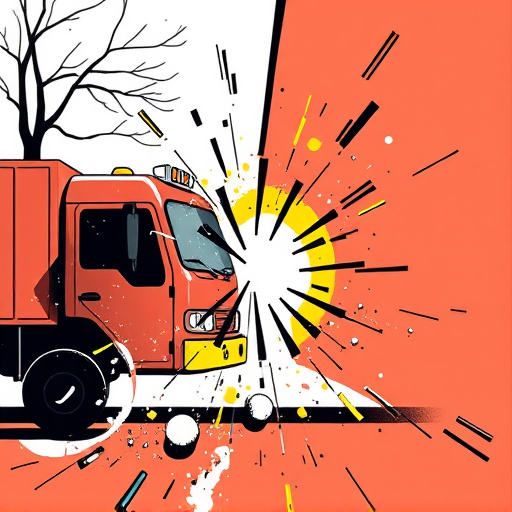
The environmental impact of collision frame repair work is a significant concern in the automotive industry. To mitigate these effects, modern collision centers are adopting eco-friendly practices and technologies. One key strategy involves using environmentally friendly materials and techniques during the repair process, such as recycled metal and low-VOC (volatile organic compound) paints. These choices reduce waste and pollution, respectively.
Additionally, efficient energy management is crucial in minimizing the carbon footprint of autobody repairs. Collision centers can implement energy-saving measures like LED lighting, which consumes less power than traditional bulbs. Promoting a culture of sustainability among employees, including proper disposal protocols for hazardous materials, further contributes to reducing the overall environmental impact. These efforts not only benefit local ecosystems but also align with global initiatives to create a greener and more sustainable future for collision repair services.
Collision frame repair, while essential for vehicle restoration, carries environmental implications that cannot be overlooked. By understanding the processes, materials, and waste involved, we can implement strategies to mitigate these impacts. Through the adoption of eco-friendly practices, such as using recycled materials, minimizing waste, and adopting efficient technologies, the auto body industry can reduce its ecological footprint. Ongoing research and industry collaboration are vital to developing innovative solutions that make collision frame repair more sustainable, ensuring a greener future for both vehicles and our planet.
